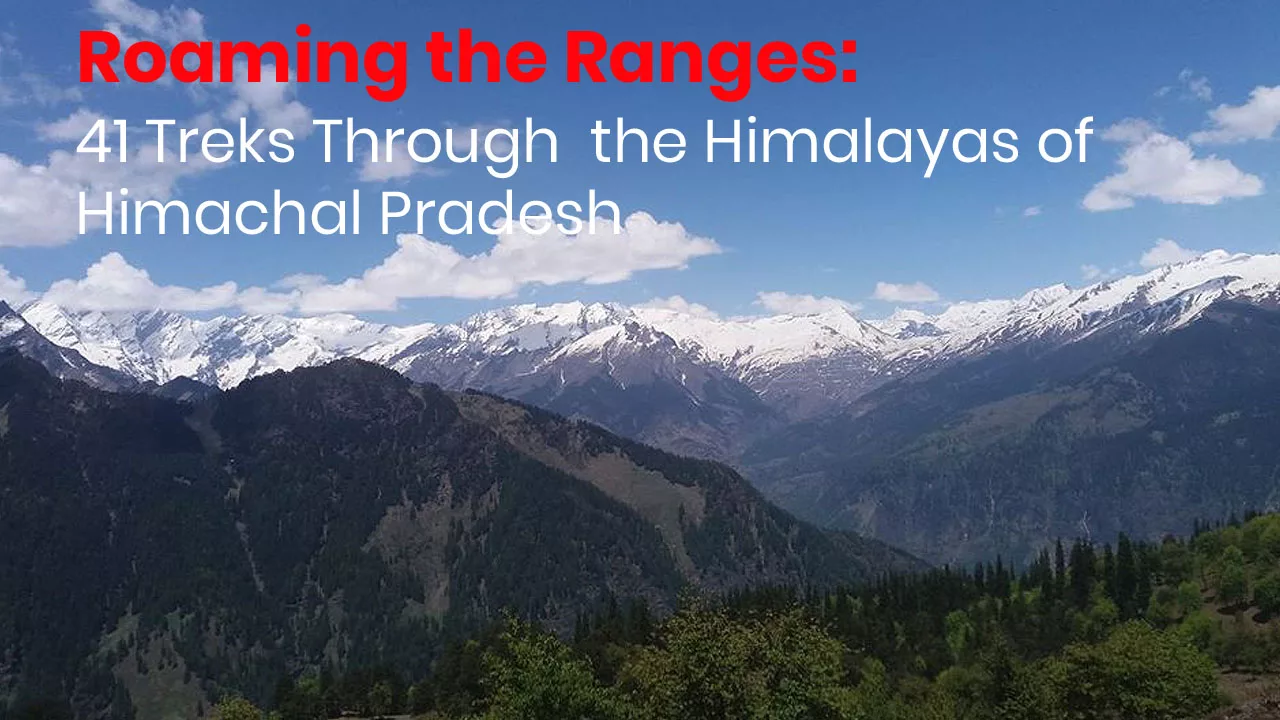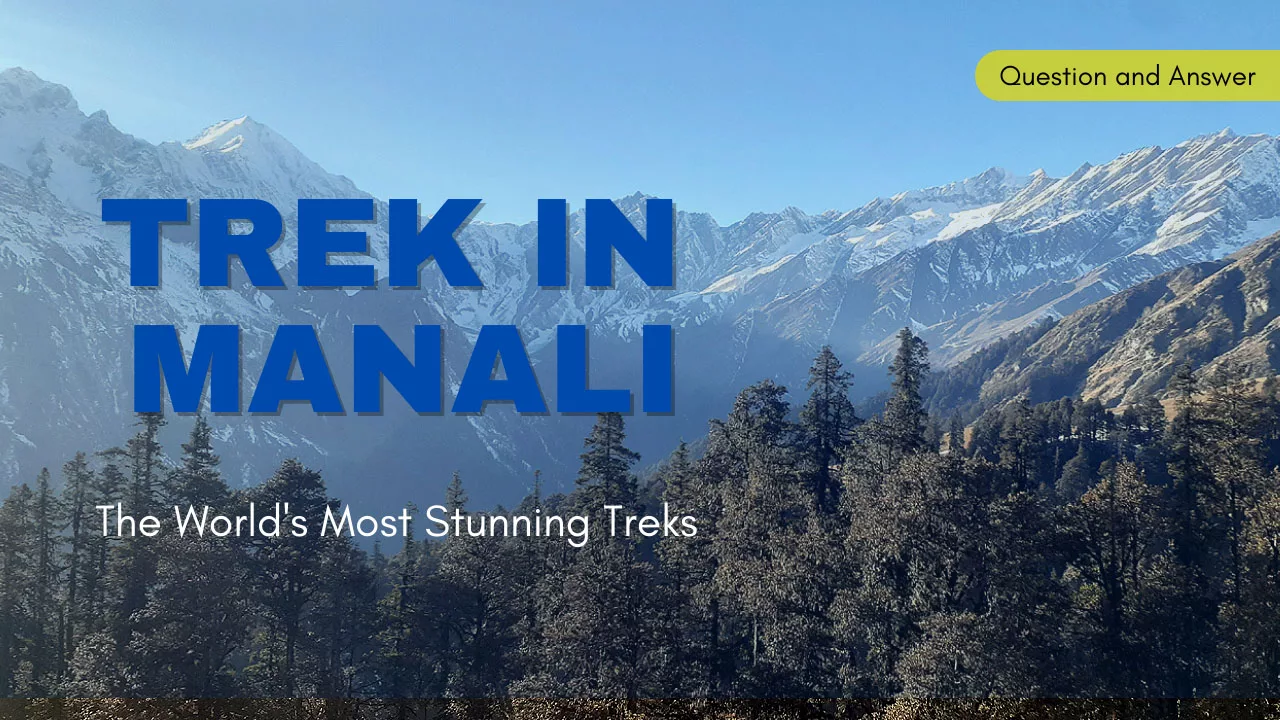Exploring the Majestic Peaks of Manali
Blogs
Introduction:
Manali, nestled in the Indian Himalayas, serves as a gateway to some of the world’s most breathtaking peaks. The region has captivated the hearts of adventure enthusiasts and environment lovers alike, thanks to its magnificent scenery and demanding terrain. In this blog article, we explore the peaks of Manali, delving into their geological significance, historical relevance, and attractiveness for climbers and hikers.

Geological Insight:
Manali is located in the Himalayan Pir Panjal range, which is recognized for its rough landscape and towering peaks. These magnificent mountains, produced millions of years ago by the collision of tectonic plates, have resulted in the stunning landscapes we see today. The geological diversity of the area contributes to each peak’s unique traits, making them an intriguing subject for scientific study.
Prominent Peaks of Manali:
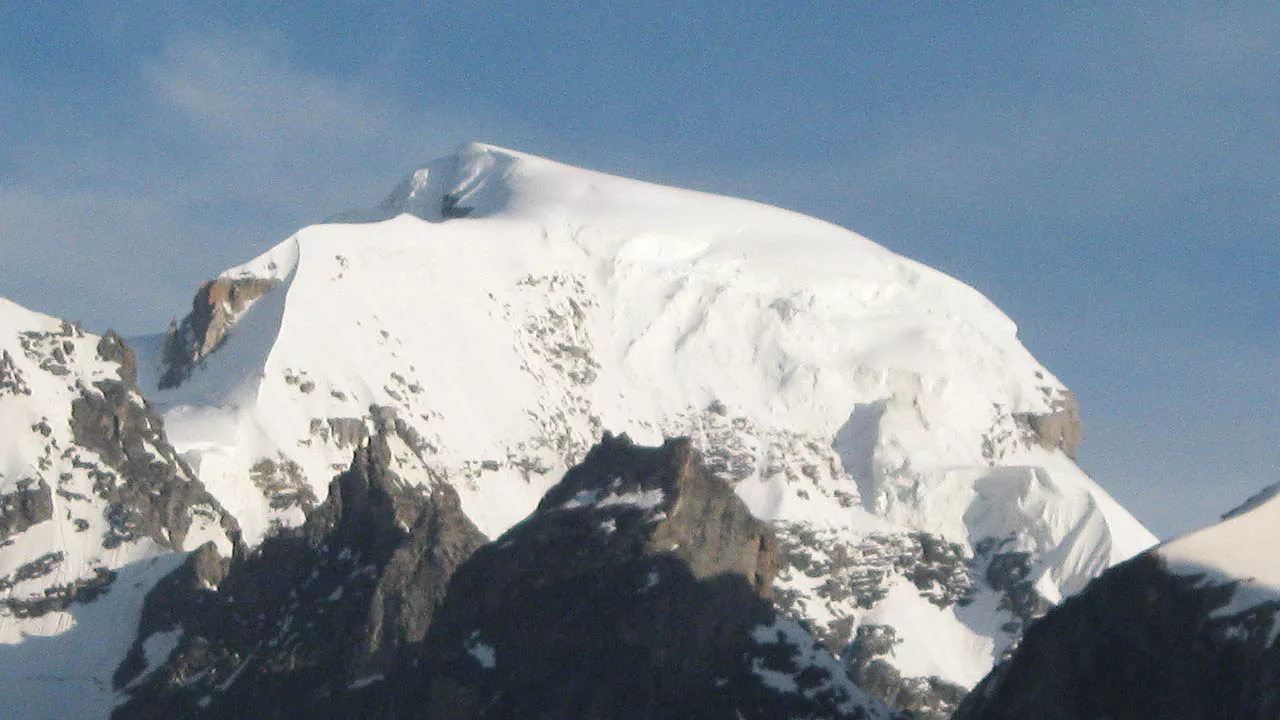
1. Deo Tibba:
Standing at an impressive height of 6,001 meters, Deo Tibba is one of the prominent peaks in the Manali region. Its name, meaning “God’s Peak,” reflects the reverence locals hold for this majestic mountain.

2. Hanuman Tibba:
At an elevation of 5,982 meters, Hanuman Tibba is named after the Hindu monkey god Hanuman. This peak presents a challenging ascent, attracting seasoned climbers from around the globe.
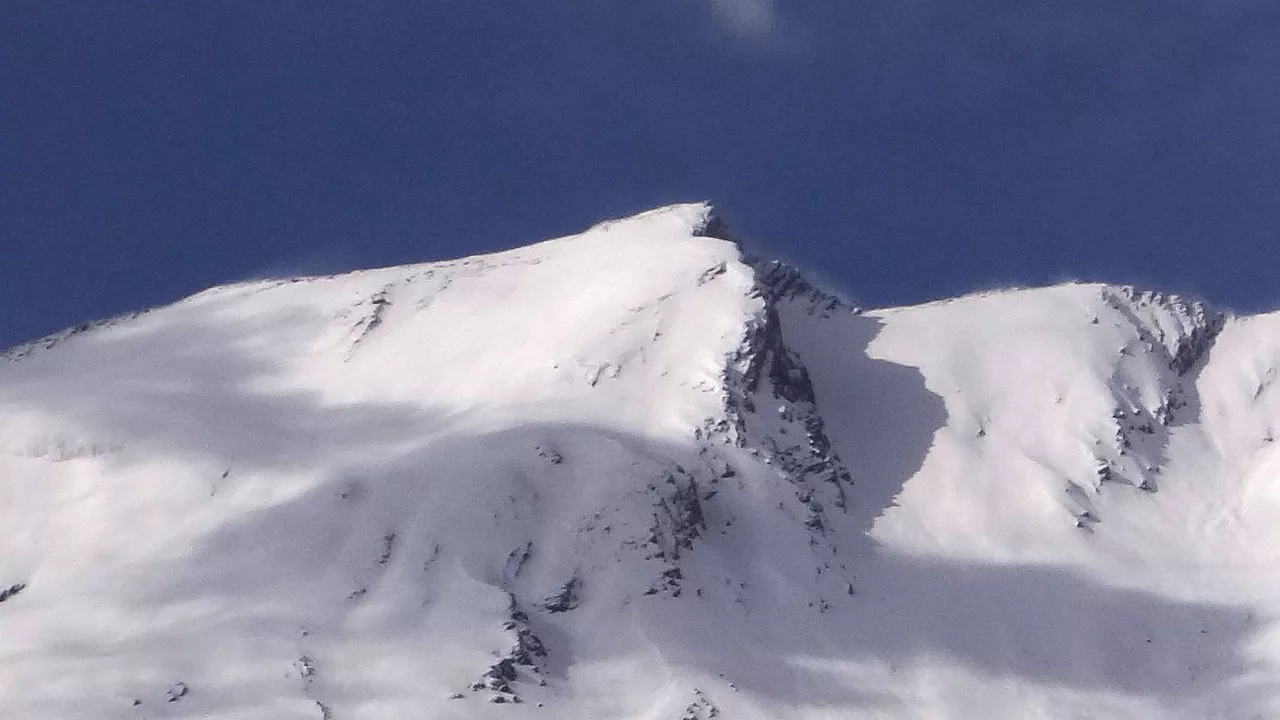
3. Shitidhar:
Shitidhar, with its pyramid-shaped summit, rises to an elevation of 5,294 meters. The allure of Shitidhar lies not only in its challenging climbs but also in the panoramic views it offers of the surrounding valleys.

4. Indrasan:
As the highest peak in the Kullu Valley and the Pir Panjal range, Indrasan commands attention at 6,221 meters. The mountain is not only a challenging climb but also a guardian of the valley, offering stunning views of the surrounding landscapes.

5. Friendship Peak:
Straddling the boundary between the Beas Kund Valley and the lower Solang Valley, Friendship Peak stands tall at 5,289 meters. The peak is a testament to the camaraderie shared among climbers, as it was named in honor of the Indo-British friendship expedition.

Historical Significance:
The peaks of Manali are not merely geological wonders but also bear witness to a rich tapestry of history. The ancient trade routes that crisscrossed these mountains tell tales of cultural exchange between the Indian subcontinent and Central Asia. Moreover, these peaks were revered by local communities, serving as sacred sites and sources of inspiration for countless generations.
Mountaineering and Trekking Opportunities:
For avid mountaineers and trekkers, the peaks of Manali offer a playground of adventure. Ascent Descent Adventures, a leading adventure travel company in the region, provides expert-guided expeditions to these peaks. Whether you’re a novice seeking to conquer your first summit or an experienced climber aiming for new heights, the varied terrain and challenging ascents of Manali’s peaks cater to all skill levels.

For example, climbers require not only physical stamina but also mental resilience to ascend Deo Tibba. Navigating through crevasses and ice walls rewards them with breathtaking views of the surrounding snow-capped peaks. The realization that they stand on the roof of the world, surrounded by a panorama of unparalleled beauty, heightens the sense of accomplishment upon reaching the summit.
Historical Significance and Cultural Heritage:
The peaks of Manali are steeped in history, with tales of ancient trade routes and cultural exchanges echoing through the valleys. The Silk Route, a historic trade network, passed through these mountains, connecting the Indian subcontinent with Central Asia. Merchants and travelers traversed these rugged terrains, exchanging goods, ideas, and cultures.

Local communities living in the shadow of these majestic peaks have, for centuries, held them in high regard. The peaks are often considered sacred, with mythological stories intertwined with their formations. Hanuman Tibba, for instance, named after the revered Hindu monkey god Hanuman, is not just a physical challenge but also a spiritual journey for those who undertake its ascent.
Mountaineering and Trekking Opportunities:
Manali’s peaks offer a diverse range of experiences for mountaineers and trekkers. Ascent Descent Adventures, with its expertise in adventure travel, facilitates journeys that cater to different skill levels. Novices can embark on introductory treks that provide a taste of the Himalayan terrain, while seasoned climbers can challenge themselves with advanced expeditions to conquer the towering summits.

Shitidhar, with its pyramid-shaped summit, presents a formidable climb that requires technical expertise. The ascent involves negotiating steep rock faces and navigating through icefields. However, the reward is not just the sense of achievement but also the opportunity to witness the pristine beauty of the surrounding valleys and glaciers.
Environmental Conservation and Responsible Tourism:
As the popularity of mountain tourism grows, it is crucial to address the environmental impact and promote responsible tourism practices. The delicate ecosystems of the Himalayas are vulnerable to the effects of climate change and human activities. Adventure travel companies, including Ascent Descent Adventures, play a pivotal role in promoting eco-friendly practices.
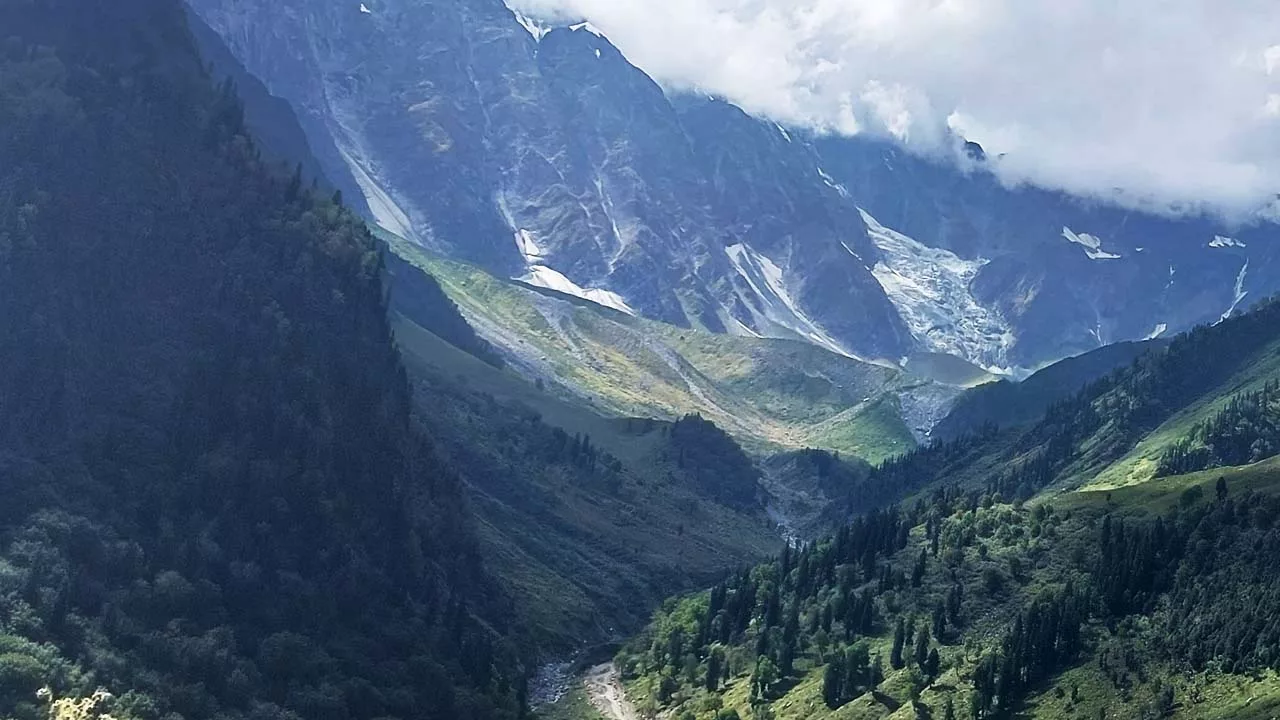
Conclusion:
In conclusion, the peaks of Manali stand as timeless sentinels, silently witnessing the passage of epochs. From their geological origins to their cultural and historical significance, these mountains are a testament to the wonders that nature and human endeavor can create together. Ascent Descent Adventures continues to play a crucial role in facilitating the exploration of these peaks, ensuring that the legacy of Manali’s mountains lives on in the hearts of adventurers for generations to come. Whether through challenging climbs, educational initiatives, or responsible tourism practices, the allure of the peaks of Manali remains a beacon for those who seek both adventure and a deeper connection with the natural world.
Rising Giants: Lahaul Spiti Peaks and Pinnacles
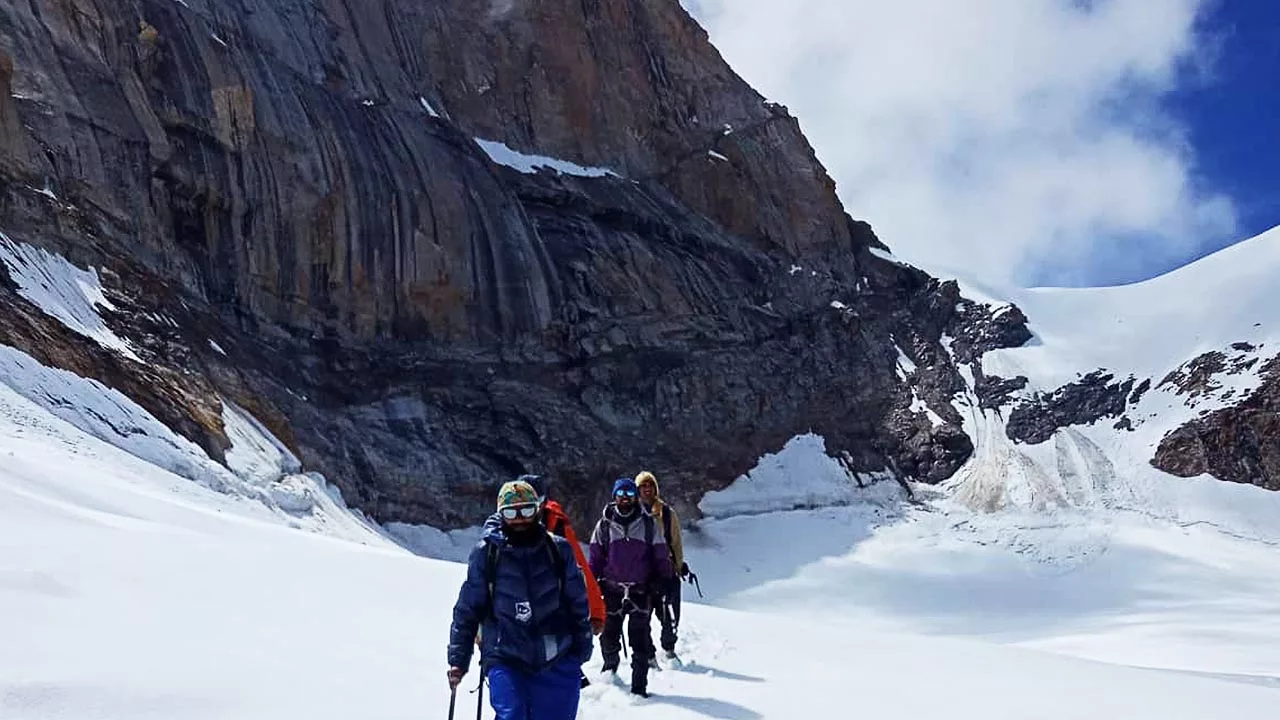
Recommended Articles for You:
